Turkey is a country with an incredibly rich cultural and natural heritage, home to an impressive array of UNESCO World Heritage Sites. These sites reflect the diverse history of the region, from ancient civilizations and early Christian heritage to stunning natural landscapes. Here’s a guide to exploring some of Turkey’s most important UNESCO World Heritage Sites.
1. Göbekli Tepe
Location: Southeastern Turkey, near Şanlıurfa
Inscription Year: 2018
- Why Visit: Göbekli Tepe is one of the most significant archaeological discoveries of the 20th century. It is the world’s oldest known temple, dating back to 9600 BC, predating Stonehenge by several millennia. The site consists of massive stone pillars arranged in circular formations, featuring carvings of animals and abstract symbols.
- What to See: Explore the ancient stone pillars and marvel at the carvings, some of which depict animals like snakes, boars, and birds. The archaeological site continues to offer insights into early human civilization.
- Insider Tip: Pair your visit to Göbekli Tepe with a trip to the Şanlıurfa Archaeology Museum, which houses many artifacts from the site and provides context for the discovery.
.jpg)
2. Ephesus
Location: Aegean Coast, near Selçuk
Inscription Year: 2015
- Why Visit: Ephesus is one of the best-preserved ancient cities in the Mediterranean, once a major hub of the Roman Empire. It is renowned for its historical significance, including its association with early Christianity and the Temple of Artemis, one of the Seven Wonders of the Ancient World.
- What to See:
- Library of Celsus: One of the most iconic structures in Ephesus, featuring a beautifully reconstructed façade.
- The Great Theatre: A massive structure that could hold up to 25,000 spectators.
- Temple of Artemis: Though only ruins remain, it was once one of the largest temples in the ancient world.
- Insider Tip: Visit early in the morning to avoid the crowds, and don’t miss the Terrace Houses for a glimpse into the daily lives of Ephesus’s wealthiest residents.
.jpg)
3. Cappadocia and Göreme National Park
Location: Central Turkey
Inscription Year: 1985
- Why Visit: Cappadocia is famous for its surreal landscape of fairy chimneys, cave dwellings, and rock-cut churches. The region’s soft volcanic rock has been shaped by natural forces and human hands over centuries, resulting in a unique, otherworldly landscape.
- What to See:
- Göreme Open-Air Museum: A collection of rock-hewn churches and monasteries featuring beautiful Byzantine frescoes.
- Fairy Chimneys: These tall, thin rock formations are scattered across valleys like Pasabag and Devrent.
- Underground Cities: Visit the underground cities of Derinkuyu and Kaymakli, which provided refuge to early Christians.
- Insider Tip: Take a hot air balloon ride at sunrise for breathtaking views of the fairy chimneys and valleys.
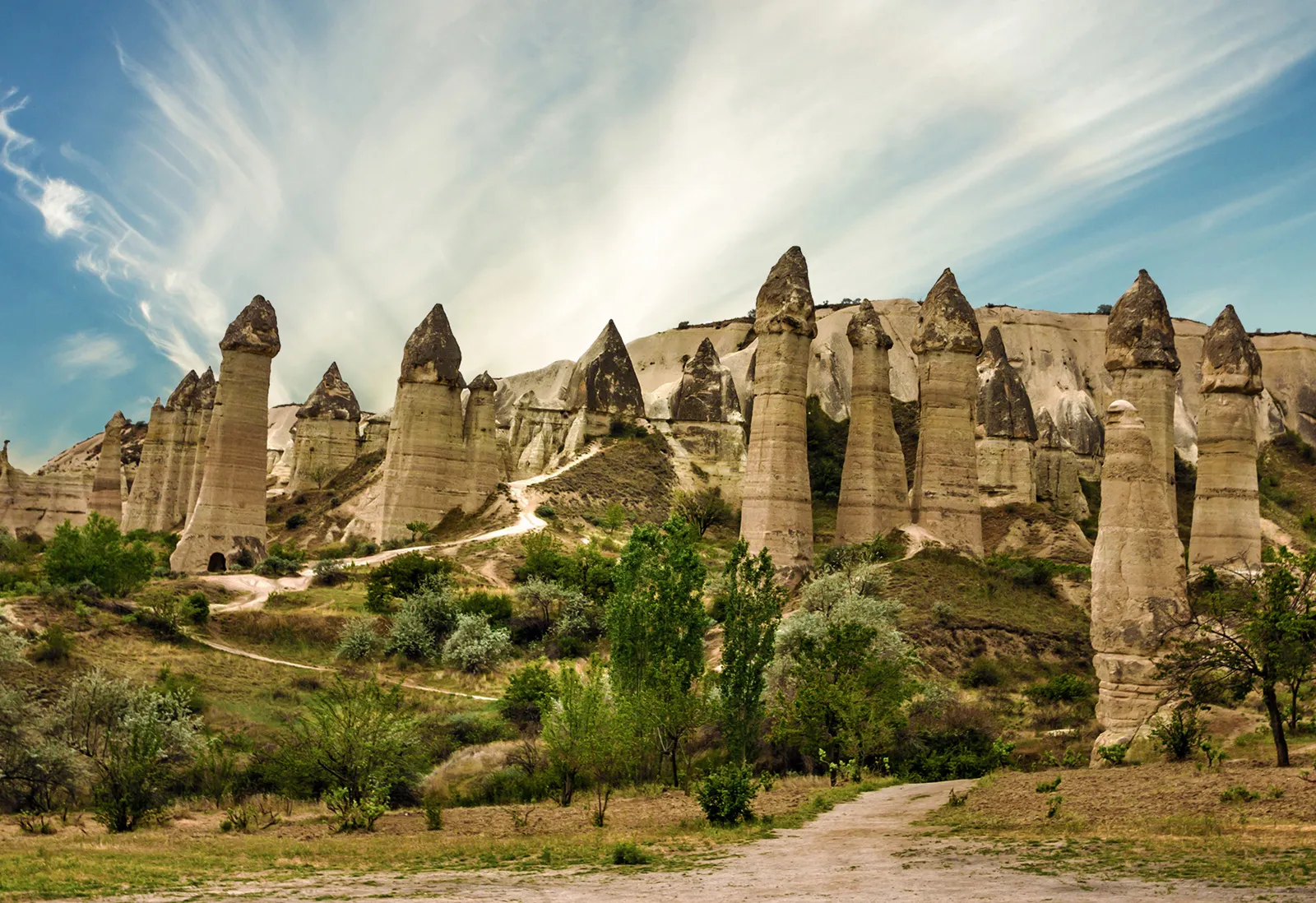
4. Pamukkale and Hierapolis
Location: Denizli Province, southwestern Turkey
Inscription Year: 1988
- Why Visit: Pamukkale is a natural wonder featuring terraces of white travertine pools filled with mineral-rich thermal waters. At the top of the terraces lies the ancient city of Hierapolis, a Greco-Roman city known for its sacred hot springs.
- What to See:
- Travertine Terraces: Walk along the terraces and wade in the warm waters.
- Ancient Theatre of Hierapolis: A well-preserved Roman theatre with a stunning backdrop.
- Antique Pool: Swim among ancient ruins in this thermal pool, said to have healing properties.
- Insider Tip: Stay until sunset to see the terraces bathed in golden light, and explore the nearby museum that showcases artifacts from Hierapolis.
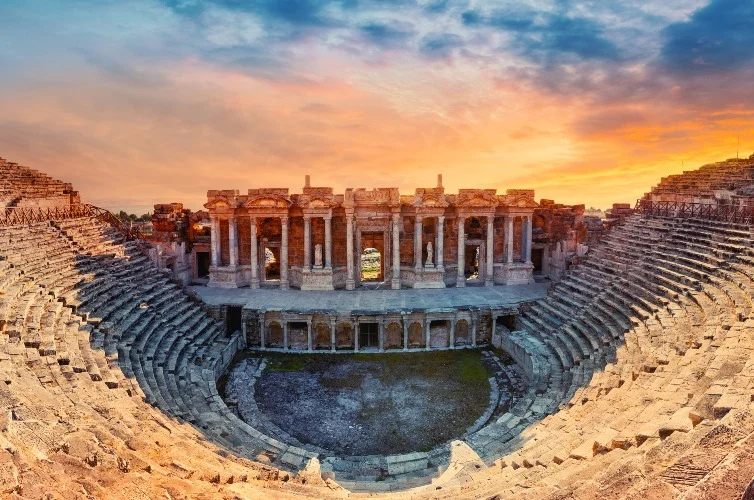
5. Mount Nemrut
Location: Southeastern Turkey
Inscription Year: 1987
- Why Visit: Mount Nemrut is famous for the giant stone heads and statues that adorn the summit of the mountain, believed to be the tomb of King Antiochus I of Commagene. These statues, representing gods and the king himself, are a testament to the fusion of Greek, Persian, and Anatolian cultures.
- What to See:
- Statues of Gods: The colossal stone heads of deities like Zeus and Apollo, as well as Antiochus I, sit on the eastern and western terraces.
- Sunrise and Sunset Views: The mountain is known for its spectacular sunrise and sunset views, with the statues casting dramatic shadows.
- Insider Tip: Arrive early to catch the sunrise for the most atmospheric experience. The hike to the top is moderate but rewarding.
.jpg)
6. Troy
Location: Northwestern Turkey, near Çanakkale
Inscription Year: 1998
- Why Visit: Troy is one of the most legendary cities in history, immortalized in Homer’s Iliad. The archaeological site reveals nine layers of settlement dating back over 4,000 years, offering insights into the ancient civilizations that occupied this strategic location.
- What to See:
- Ruins of Troy: Explore the remains of the city walls, gates, and other structures from different periods.
- Replica of the Trojan Horse: A modern reconstruction of the famous wooden horse stands at the entrance to the site.
- Troy Museum: This nearby museum houses many artifacts from the site, including pottery, tools, and ancient weapons.
- Insider Tip: Combine your visit with a trip to the nearby Gallipoli Peninsula, rich in World War I history.
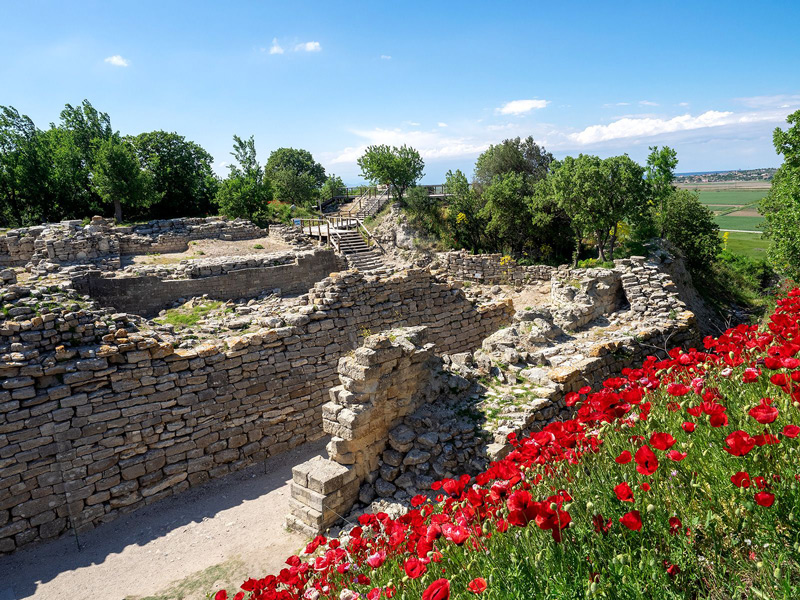
7. Pergamon and its Multi-Layered Cultural Landscape
Location: Western Turkey, near Bergama
Inscription Year: 2014
- Why Visit: Pergamon was an important cultural and political center in the Hellenistic period and later under Roman rule. It is home to the famous Acropolis, a grand library, and the steepest ancient theatre in the world.
- What to See:
- The Acropolis: Explore the ruins of temples, palaces, and the once-great Library of Pergamon.
- Asklepion: An ancient medical center dedicated to the healing god Asclepius, where early forms of therapy were practiced.
- Theatre of Pergamon: Carved into the hillside, it offers dramatic views and is known for its incredibly steep seating.
- Insider Tip: Take the cable car to the top of the Acropolis for stunning views of the surrounding area.
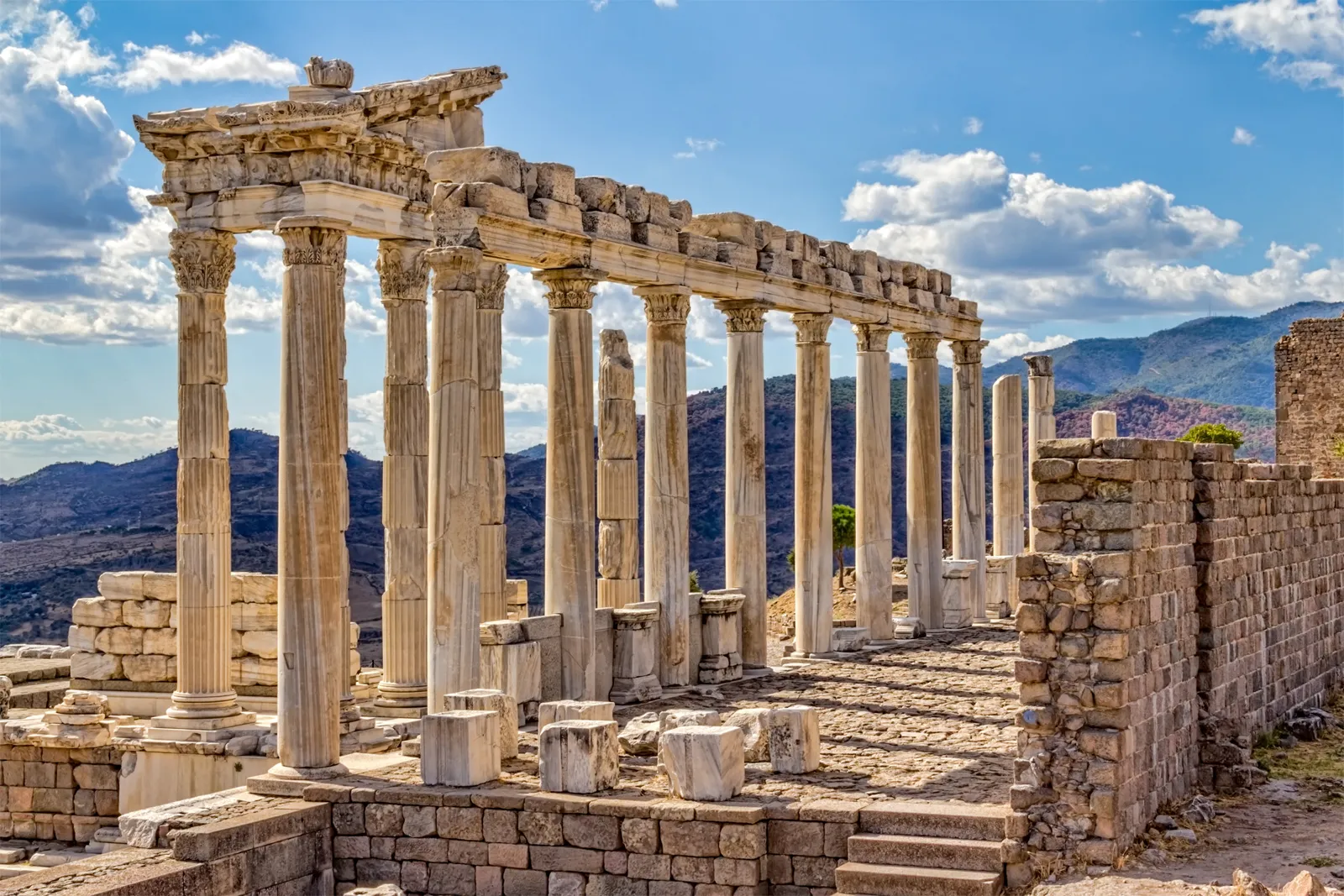
8. Safranbolu
Location: Northern Turkey, Karabük Province
Inscription Year: 1994
- Why Visit: Safranbolu is a perfectly preserved Ottoman town, famous for its traditional timber-framed houses and cobblestone streets. It was once a key stop on the caravan trade routes and is known for its saffron production.
- What to See:
- Ottoman Houses: Walk through the old town and admire the architecture of the traditional Ottoman houses, many of which have been converted into boutique hotels or cafes.
- Cinci Hamam: A historic Turkish bathhouse where you can experience a traditional hammam.
- Kaymakamlar Evi Museum: A restored Ottoman house that offers a glimpse into daily life during the Ottoman period.
- Insider Tip: Visit during the spring to see the saffron fields in bloom and explore the vibrant markets that sell saffron-related products.

9. Xanthos-Letoon
Location: Mediterranean Coast, near Fethiye
Inscription Year: 1988
- Why Visit: Xanthos and Letoon are ancient Lycian sites that played a crucial role in the history of the Lycian civilization. Xanthos was the capital of Lycia, while Letoon was an important religious center dedicated to the goddess Leto.
- What to See:
- Xanthos Ruins: Explore the remains of Lycian tombs, inscriptions, and a Roman theatre.
- Letoon: Visit the ruins of the temples of Leto, Artemis, and Apollo, which were once major religious sites in the region.
- Insider Tip: Combine a visit to Xanthos-Letoon with a trip to nearby Patara Beach, one of the most beautiful and longest beaches in Turkey.
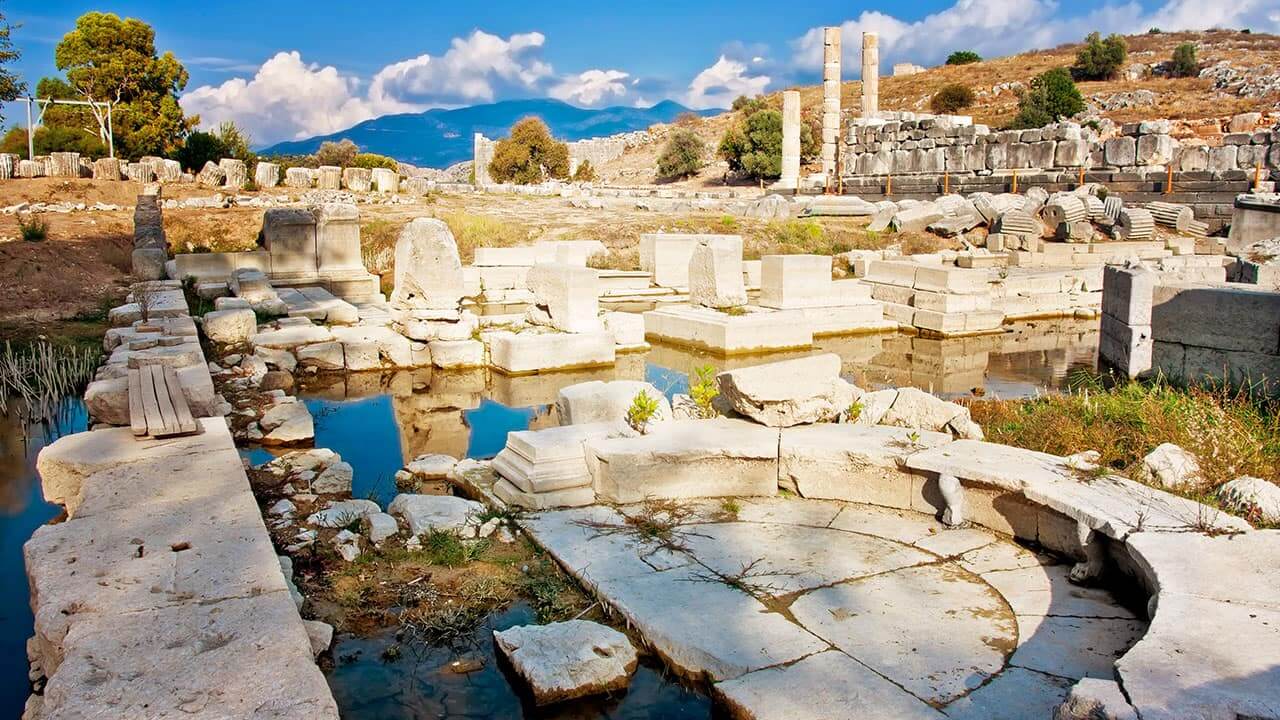
Conclusion
Turkey’s UNESCO World Heritage Sites offer an extraordinary journey through time, showcasing the country’s diverse cultural and natural history. From the ancient cities of Ephesus and Troy to the natural wonders of Pamukkale and the architectural marvels of Cappadocia, these sites are a must-visit for any traveler seeking to explore Turkey’s rich heritage.
